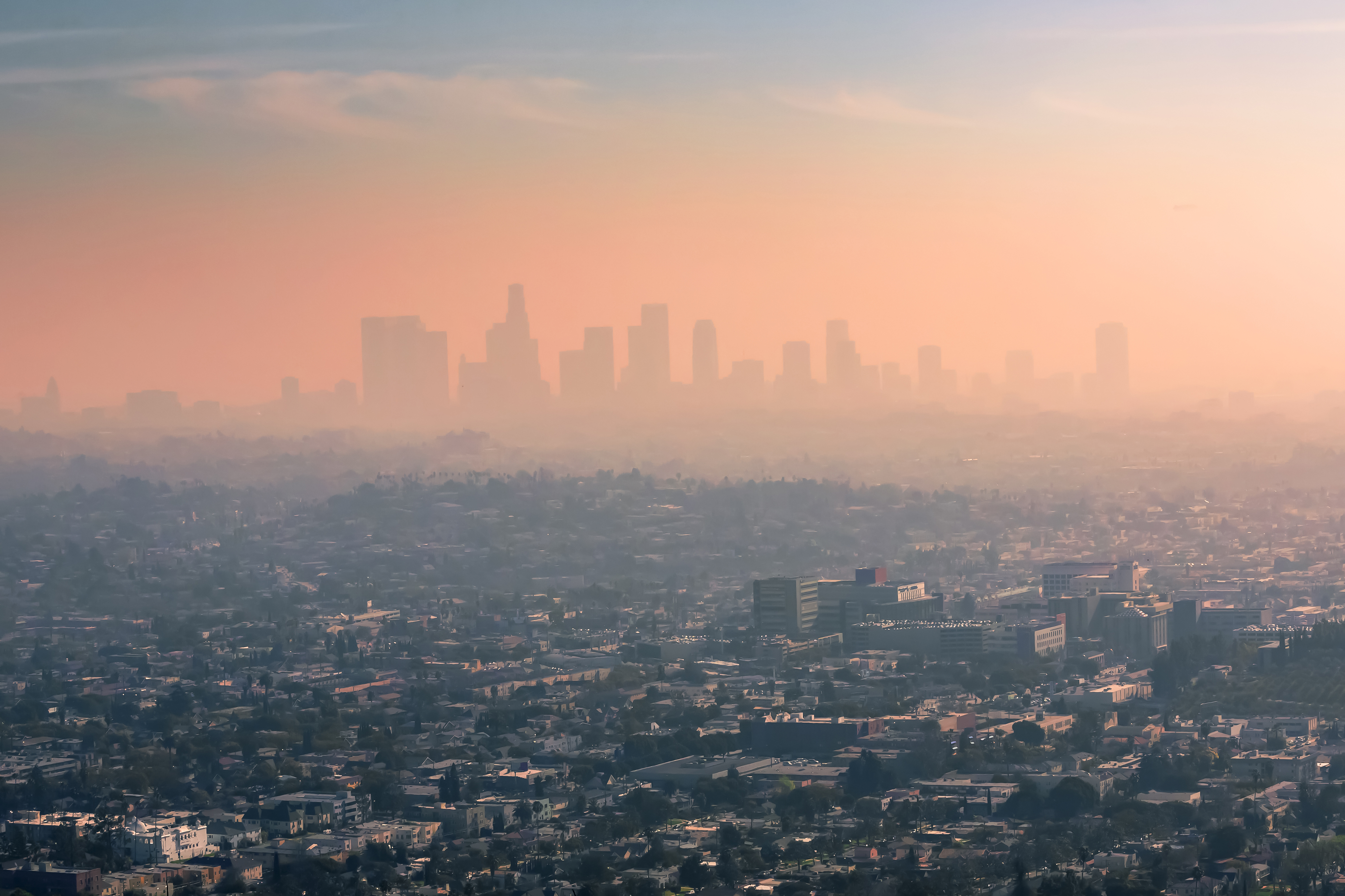An air quality alert is in place for much of southern New England through 11 p.m. Wednesday night. The alert was issued by the U.S. Environmental Protection Agency in advance of elevated ozone levels.
All the areas under the EPA's alert were far-western Connecticut, central and eastern Massachusetts, southern New Hampshire and higher elevations at Acadia National Park in Maine.

When levels are elevated, asthmatics and those with pre-existing lung disease may experience breathing difficulties. It’s recommended to avoid strenuous outdoor activities.
Because of climate change, these kinds of alerts and reduced air quality days may become more frequent — specifically for communities of color, pregnant women and elderly adults, which are all already vulnerable and overburdened by unhealthy air.
The good, bad and ugly of ozone
Stratospheric ozone, which most are familiar with as the ozone layer, sits 10-30 miles above the Earth’s surface.
It shields us from too much of the sun’s UV radiation. This is good ozone. It acts as sunscreen for the world.
On the other hand, ground-level ozone is harmful. It’s a pollutant formed in the lowest levels of the atmosphere from a series of chemical reactions between nitrogen oxides, hydrocarbons, heat and sunlight.

This happens more frequently in summer due to an increased amount of UV radiation in longer days. Ozone is found in more urban areas to due increased traffic and pollutants.




